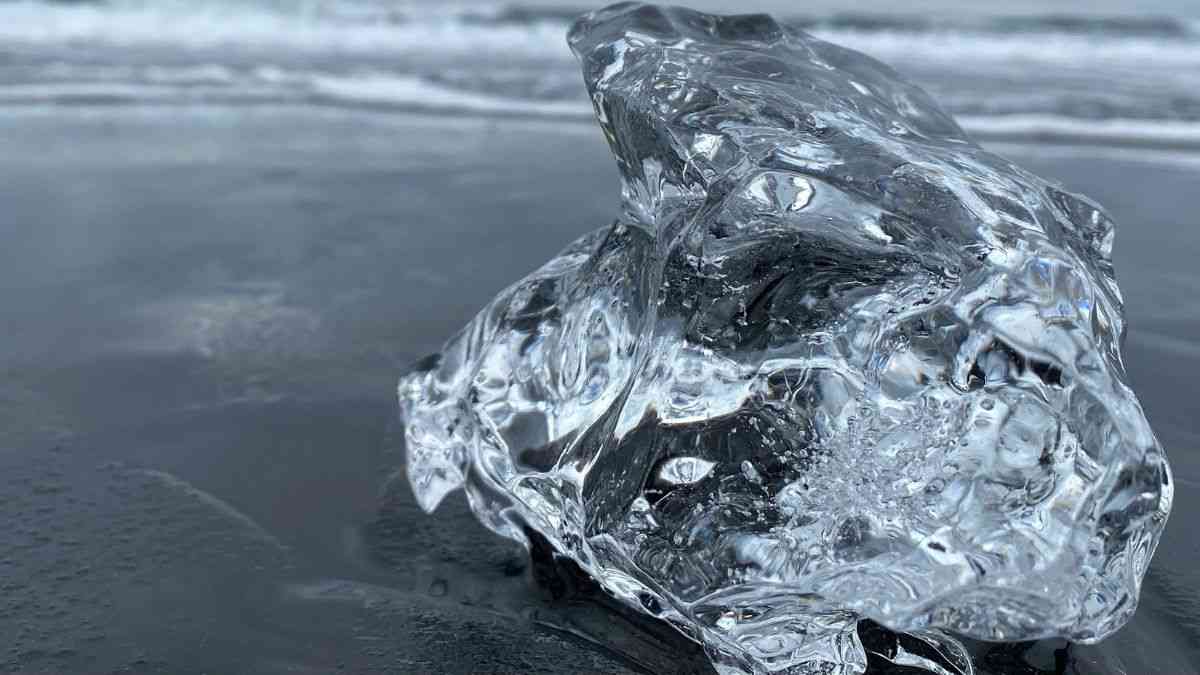Truth & Goodness
4,000 Space Mirrors Could Light Up Earth. Is It Day or Disaster?
04 December 2025

In winter we curse the ice on sidewalks and roads. Chinese scientists have now found a way to turn frozen water into clean power — to generate electricity from ice. The key is salt. What could this new technology make possible?
Can a humble ice cube produce electricity? Xin Wen and his team at Xi’an Jiaotong University have shown that it can. They discovered that ice is flexoelectric — it generates electricity when bent. Scientists already suspected that colliding glaciers might produce charge, but no one had recreated the effect in the lab.
The secret lies in salt. The researchers froze water with different concentrations of table salt and bent the samples. The results surprised them: salty ice proved a thousand times more effective at generating electricity than pure ice.
Why does salt make such a difference? Using microscopes and spectroscopes, the team peered inside the samples. Salt prevents complete freezing and creates tiny channels filled with briny water. When the ice bends, pressure forces the liquid through those channels — and moving water carries electric charge. Think of it as a miniature hydropower plant hidden inside the ice structure.
The potential is enormous. Ice covers about 10 percent of Earth’s surface — an untapped energy reserve not only here but elsewhere. “The high flexoelectricity of salty ice brings the vision of harvesting electricity from ice closer to reality and could matter for electrical activity in Earth’s ice-covered regions and on ocean worlds such as Europa or Enceladus,” the authors write in their Nature Materials paper.
The road to commercial “ice power” won’t be easy. The technology faces serious hurdles. Devices made of salty ice suffer from strong material fatigue: repeated bending cycles can slash output by up to 80 percent. Another problem is relatively low efficiency — much of the generated electricity is lost as heat.
Yet the most exciting applications may lie beyond Earth. Europa and Enceladus — moons of Jupiter and Saturn — are wrapped in thick ice shells, natural testing grounds for this method. Could Europa’s crust one day help power future space bases? Researchers are cautiously optimistic, noting that natural geologic processes on these worlds may provide the pressures needed to trigger the flexoelectric effect.
Read more about a new era of miniaturization
This approach also challenges what we call “waste” or “nuisance.” The ice that paralyzes winter transport could become a valuable resource. It’s a circular way of thinking — turning problems into solutions. Just as solar panels harness “free” sunlight, electricity from ice could tap naturally abundant ice. And unlike sunshine, in some regions ice is available around the clock.
With salt as the catalyst, scientists show it’s possible to generate electricity from ice. The hurdles are real, but the idea opens fresh paths for clean energy on Earth — and perhaps on the icy worlds waiting in our cosmic backyard.
Read this article in Polish: Bezprecedensowe odkrycie. Chińscy badacze uzyskali prąd z lodu